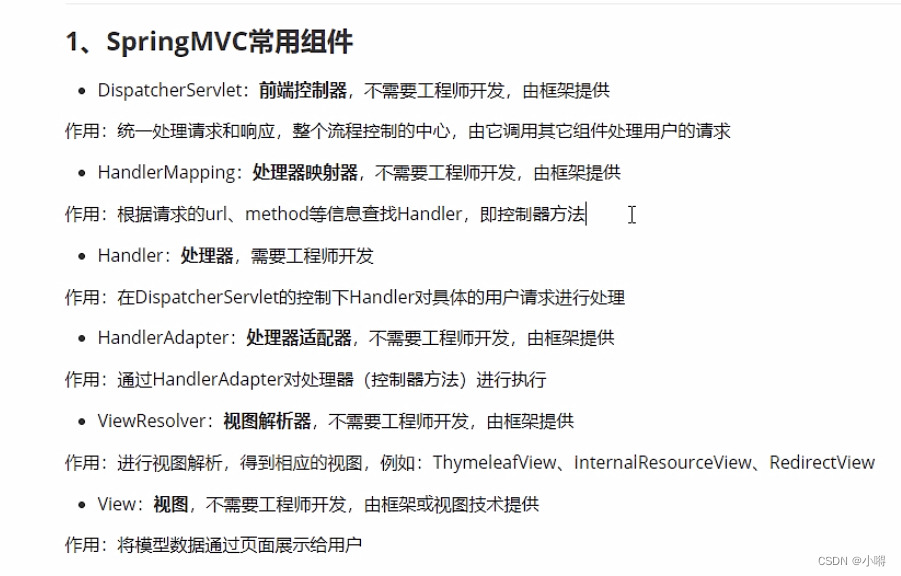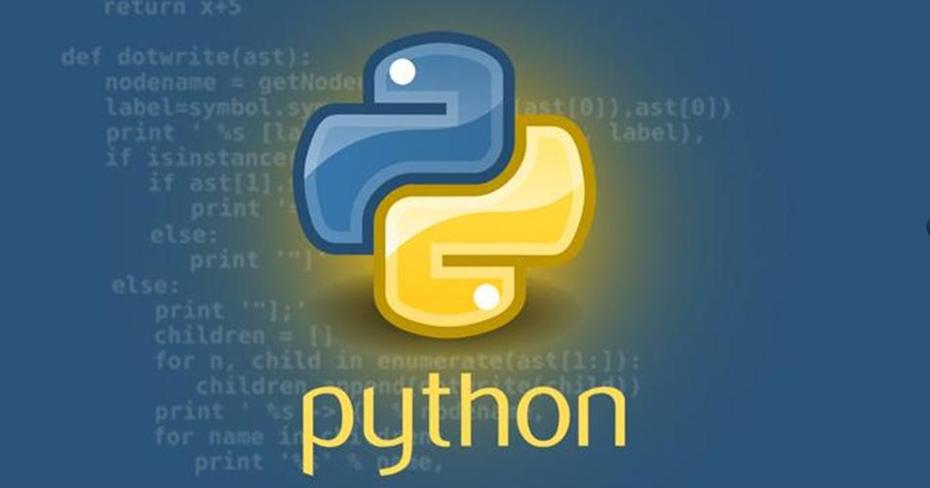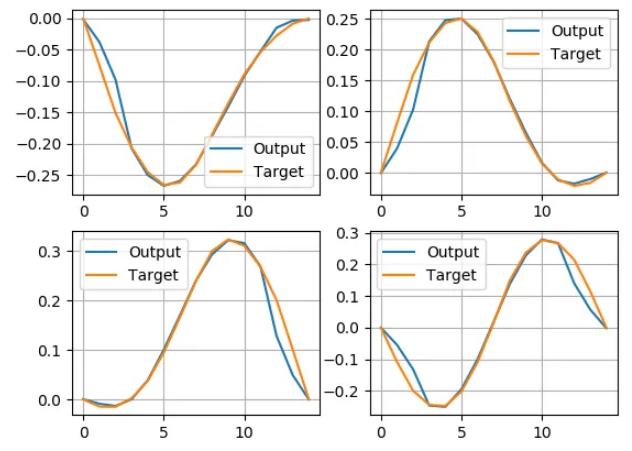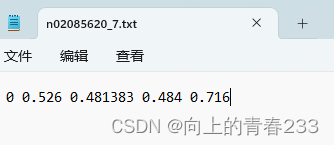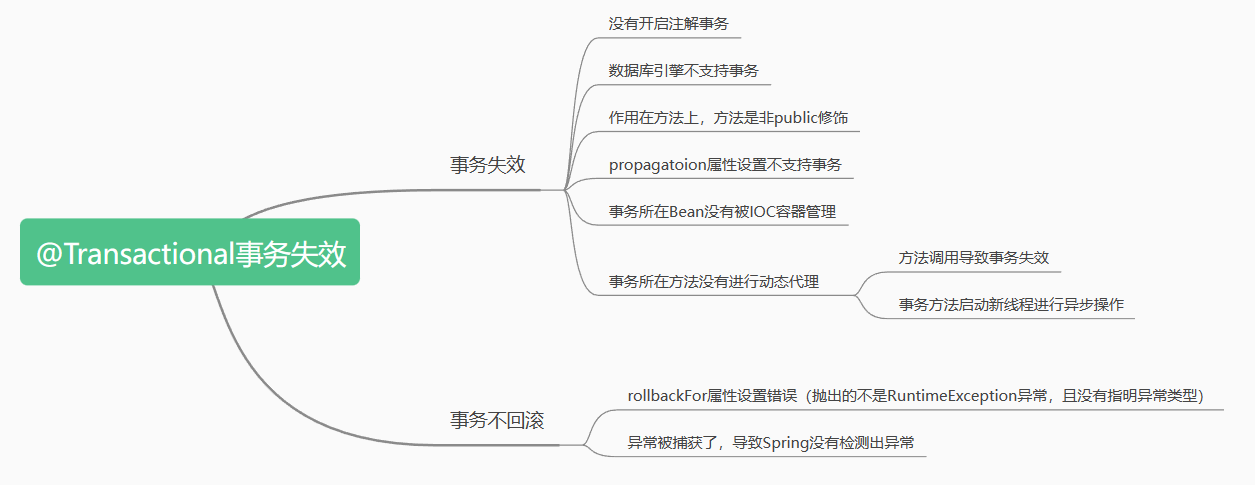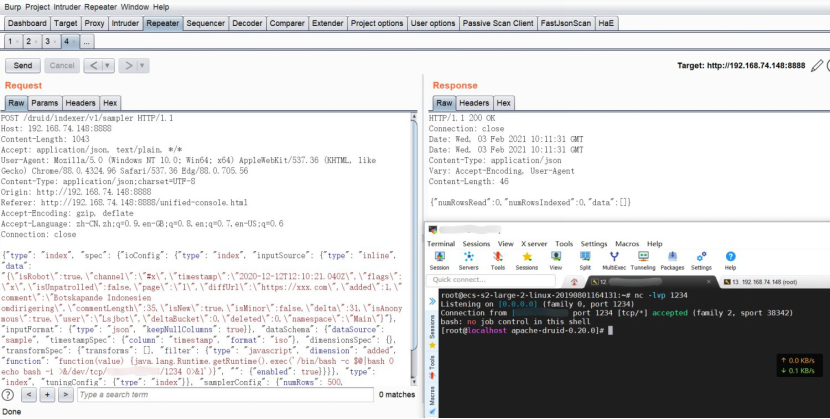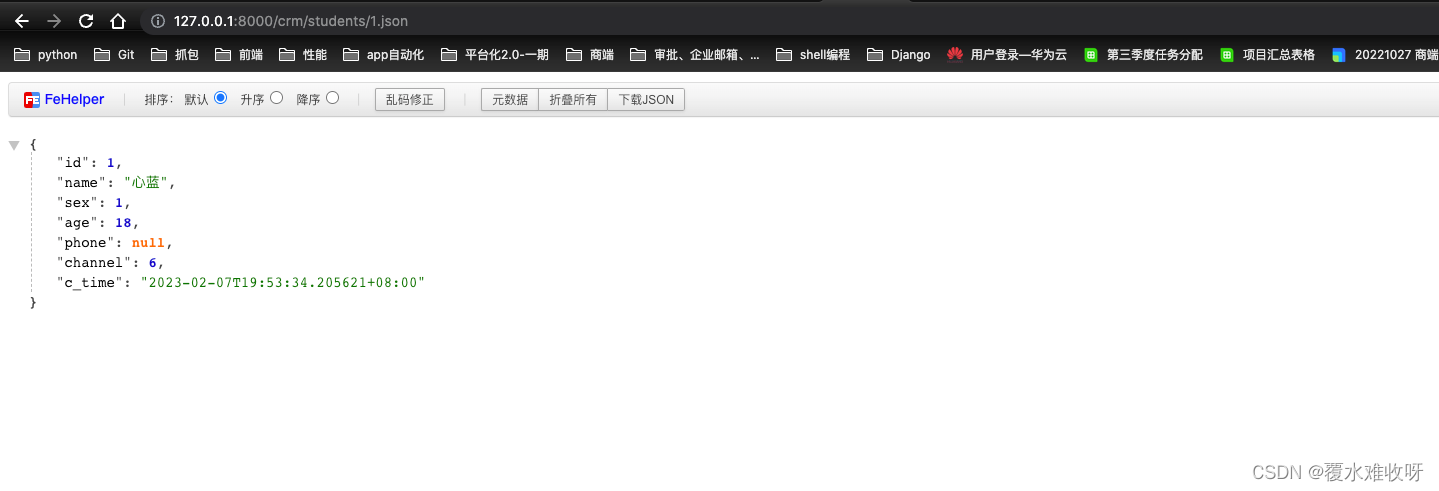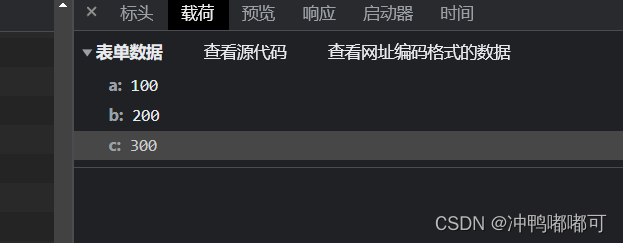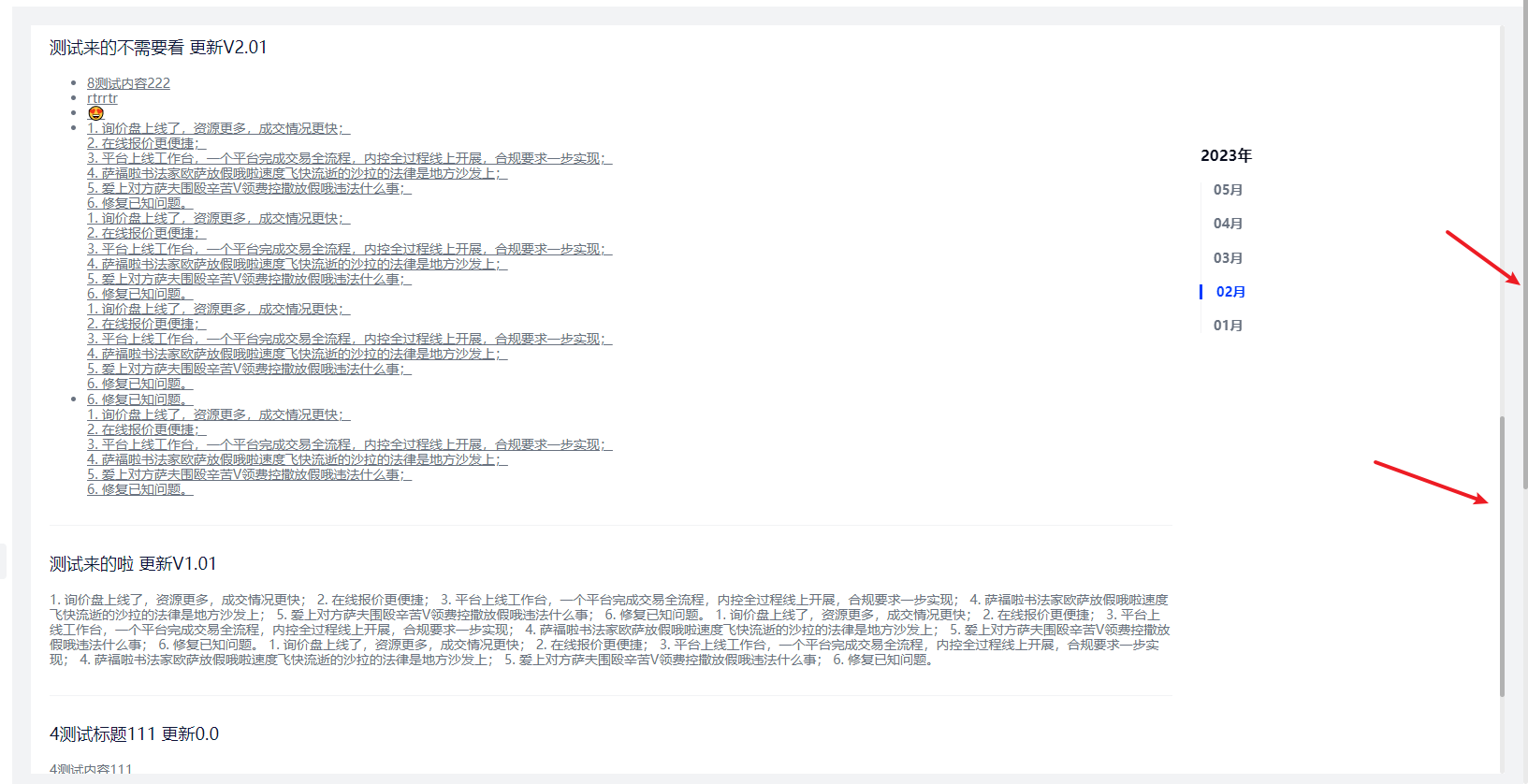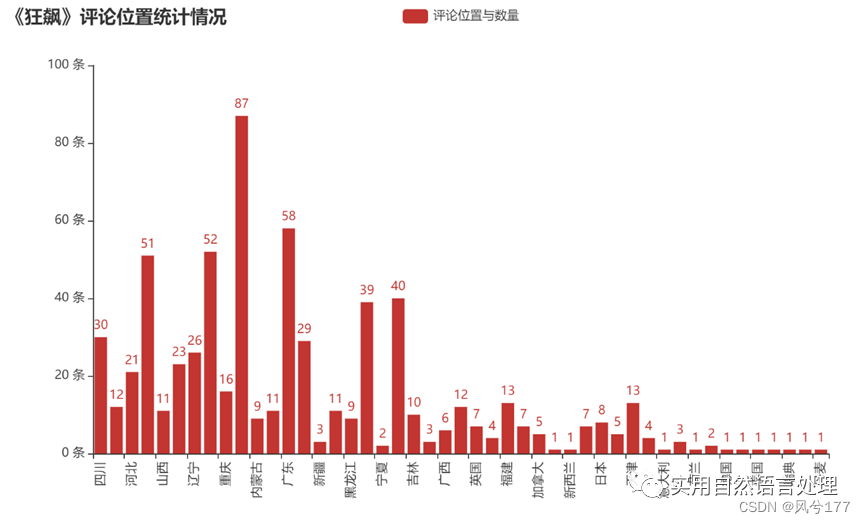1,python 中尽量减少缩进可以直接
if code != '1':
return {'msg':2003}
''''
继续写下面的逻辑
2,关于(1),(1,)区别
(1)表示直接计算运行 (1*2*3+4+5)
(1,)表示元组对象 (1,2,3,4,5,6)
3,关于可迭代对象的字典的链式调用
content={'inifo':{'data':[1,2,3,4,5]}}
if content.get('inifo',{}).get('data') :
print(111)
还可以写 成
(
content
.get('inifo',{})
.get('data')
)
4,all(),any() 用法与区别
【Python】any()和all()的用法_而与你及的博客-CSDN博客
5,collections

import collections
print(collections.__all__)
['deque', 'defaultdict', 'namedtuple', 'UserDict', 'UserList',
'UserString', 'Counter', 'OrderedDict', 'ChainMap']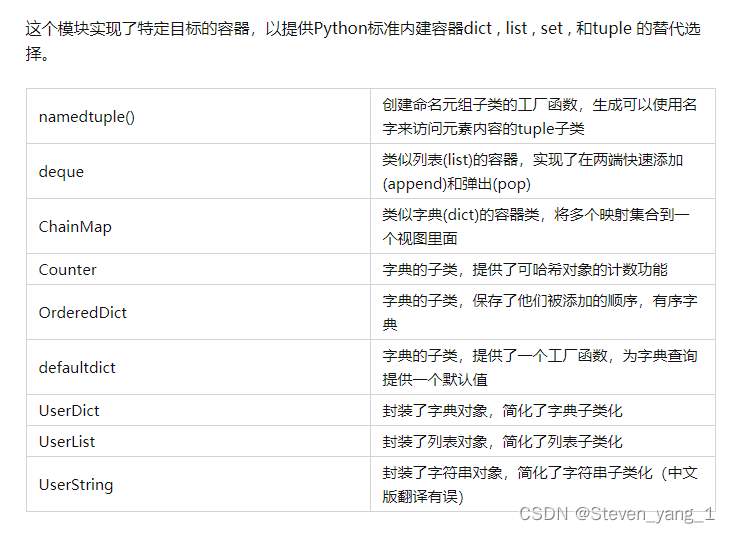
count用例
1、elements()
描述:返回一个迭代器,其中每个元素将重复出现计数值所指定次。 元素会按首次出现的顺序返回。 如果一个元素的计数值小于1,elements() 将会忽略它。
语法:elements( )
2、most_common()
most_common() 将返回计数器中的所有元素,计数值相等的元素按首次出现的顺序排序,经常用来计算top词频的词语
3、subtract()
从迭代对象或映射对象减去元素。像dict.update() 但是是减去,而不是替换。输入和输出都可以是0或者负数。
4、字典方法
通常字典方法都可用于Counter对象,除了有两个方法工作方式与字典并不相同。
fromkeys(iterable)
这个类方法没有在Counter中实现。
update([iterable-or-mapping])
从迭代对象计数元素或者从另一个映射对象 (或计数器) 添加。 像 dict.update() 但是是加上,而不是替换。另外,迭代对象应该是序列元素,而不是一个 (key, value) 对
https://zhuanlan.zhihu.com/p/343747724
from collections import Counter
import re
text = 'remove an existing key one level down remove an existing key one level down'
words = re.findall(r'\w+', text)
Counter(words).most_common(10)
[('remove', 2),('an', 2),('existing', 2),('key', 2),('one', 2)('level', 2),('down', 2)]
#计算列表中单词的个数
cnt = Counter()
for word in ['red', 'blue', 'red', 'green', 'blue', 'blue']:
cnt[word] += 1
cnt
Counter({'red': 2, 'blue': 3, 'green': 1})
#上述这样计算有点嘛,下面的方法更简单,直接计算就行
L = ['red', 'blue', 'red', 'green', 'blue', 'blue']
Counter(L)
Counter({'red': 2, 'blue': 3, 'green': 1}
c = Counter(a=4, b=2, c=0, d=-2)
d = Counter(a=1, b=2, c=3, d=4)
c.subtract(d)
c
Counter({'a': 3, 'b': 0, 'c': -3, 'd': -6})
#减去一个abcd
str0 = Counter('aabbccdde')
str0
Counter({'a': 2, 'b': 2, 'c': 2, 'd': 2, 'e': 1})
str0.subtract('abcd')
str0
Counter({'a': 1, 'b': 1, 'c': 1, 'd': 1, 'e': 1}

